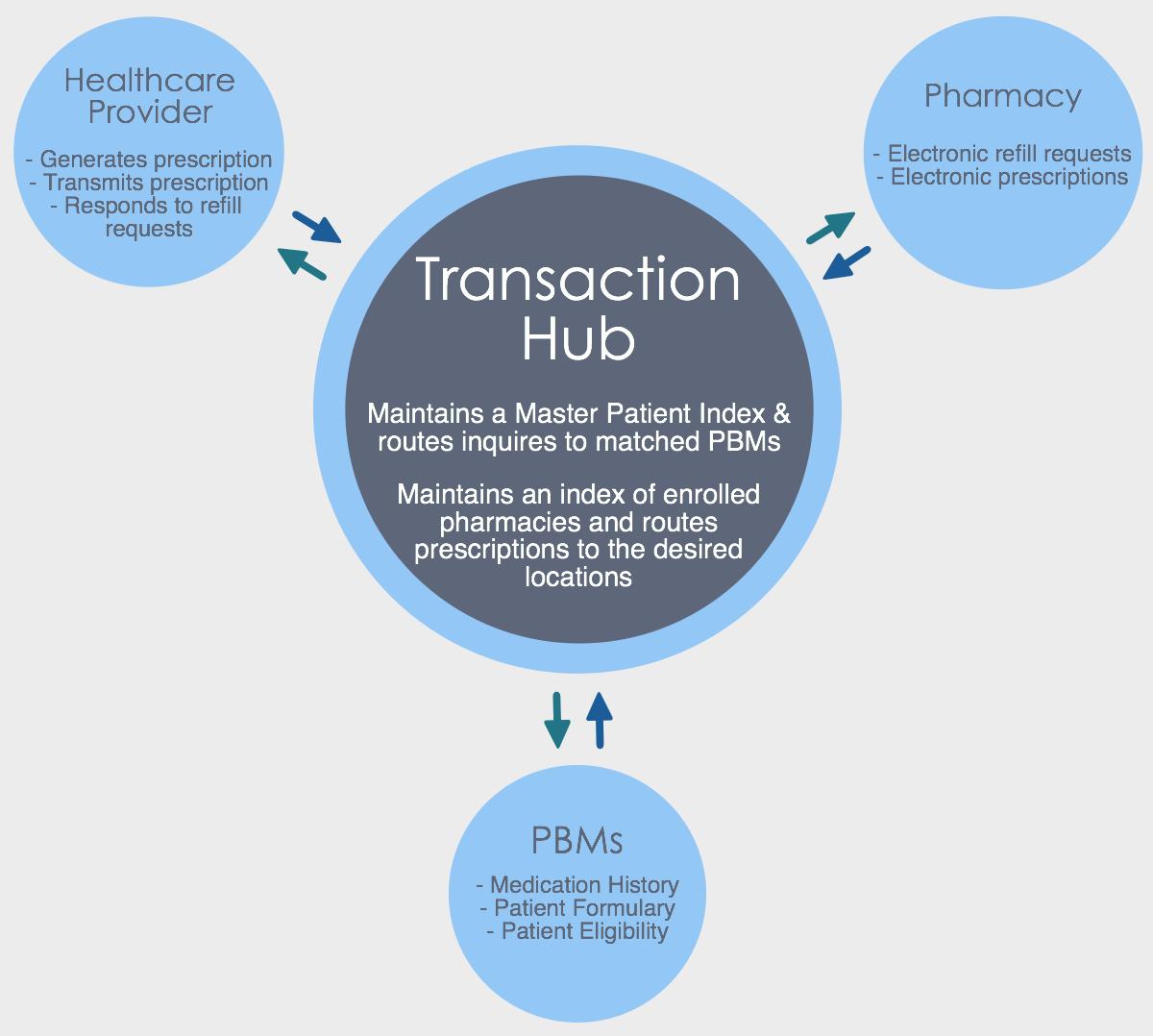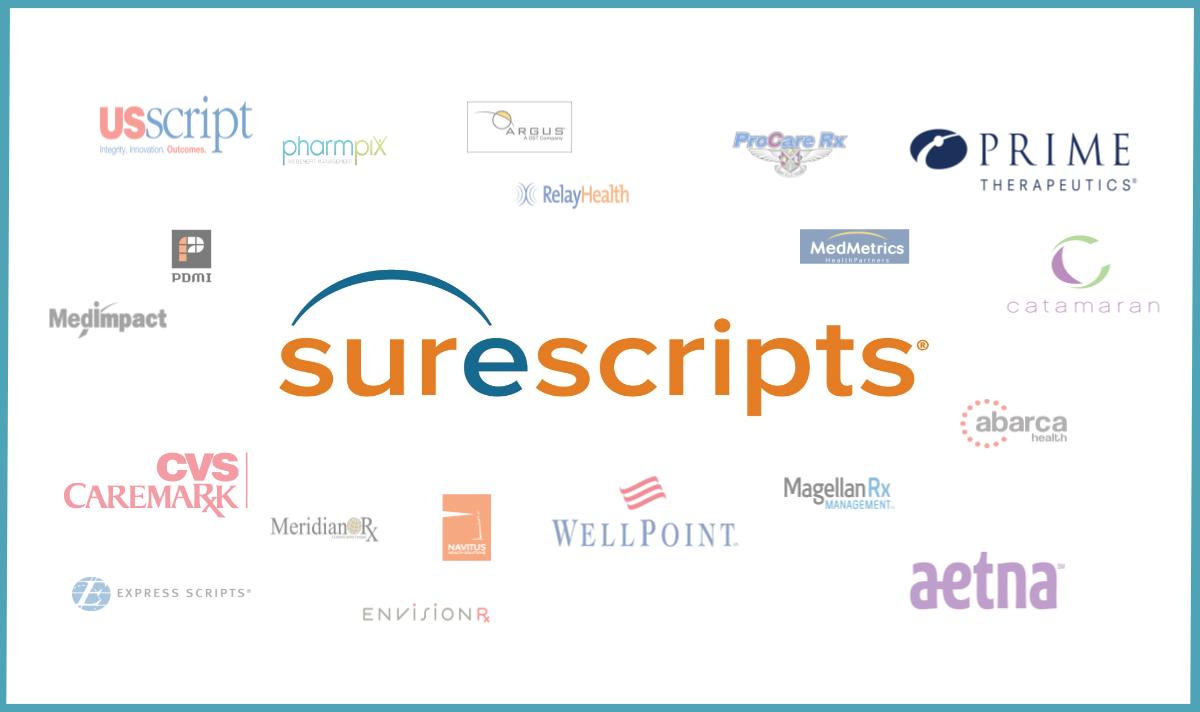
30 Jun MEDICAID CAN SAVE MILLIONS WITH E-PRESCRIBING
Medicaid payers of last resort face the challenging task of recovering claims payments made in error when program beneficiaries fail to report primary coverage information at the time services are provided. Plan members do not share other coverage information for a multitude of reasons, but usually, they are not aware that other coverage exists. Without technology at the point of sale to prospectively identify other health insurance (OHI), payers of last resort cannot help but make claims payments in error. Once it is identified that a claim was the liability of another third party payer, Medicaid plans attempt to recover those payments with a process known as pay-and-chase. Unfortunately for payers trying to recover improper claims payments, the actual monies recovered remain around twenty cents on the dollar. In this article, we will examine a new approach to Medicaid third-party liability cost avoidance. We will discuss how e-prescribing functions and its OHI databases can be utilized by Medicaid to cost avoid millions of dollars in payments made in error.
What Is E-Prescribing
An e-prescribing system offers a secure means to electronically link patients, healthcare providers, pharmacies, and pharmacy benefits managers (PBMs). It outlines the ability to send error-free, accurate, and understandable prescriptions electronically from the provider to the pharmacy. For an e-prescribing system to operate, there needs to be a master database that maintains consistent, accurate, and current demographic and necessary medical data on the patients seen and managed within its different departments. The need for prompt and accurate OHI data necessitates the cooperation of health plans and PBMs to supply ongoing active eligibility data to the database.
The Transaction Hub is the common link between the prescriber, pharmacy, and PBMs. The hub directs inquiries to PBMs and prescriptions to pharmacies. For this process to function, the eligibility and demographic data that passes through must be consistent, accurate, and current. This is accomplished through a Master Patient Index.
A master patient index (MPI) is a database used across e-prescribing platforms to maintain consistent, accurate, and current demographic information and essential medical data on the patients seen and managed within its various departments. MPIs are intended to solve the common problem where multiple systems throughout the organization progressively become inconsistent with respect to the patient’s most current data; for instance, when the patient’s information changes and only one system is updated, the changes are not propagated to the others.
When the Transaction Hub receives patient demographics and medication from a provider, it will verify the patient against the MPI, sending an electronic message to the PBM. In response, the PBM will send information on the patient eligibility, formulary, and medication history back to the Transaction Hub. The Transaction Hub then sends this information back to the healthcare provider, who can make a decision about the prescription based on this information.
Leveraging an E-Prescribing MPI for Medicaid TPL Efforts
As previously stated, the key to an effective e-prescribing system is its MPI, which is continuously being updated by its partners. The eligibility and demographic data that passes through must be consistent, accurate, and current for the system to operate. While an e-prescribing MPI is built specifically for electronically writing prescriptions, we have found another significant use for it in Medicaid TPL cost avoidance.
Anyone involved with Medicaid TPL recognizes that the market needs a technology-based solution to improve recovery efforts. In 2010, Syrtis Solutions began the process of experimenting with the Surescripts MPI to see if we could deliver high-quality, active Rx coverage and corresponding medical coverage that existing processes cannot provide.
Through the active participation of almost every PBM and payer in the commercial healthcare marketplace, the Surescripts MPI of more than 280 million covered lives is the largest in the nation. Connectivity to the Surescripts MPI enables superior OHI discovery.
Case Study
In a case study with one of our Medicaid Managed Care customers, for which nearly 3 million transactions were processed, 38,754 utilizing members were found to have OHI. These discoveries resulted in the cost avoidance of $14.6 million in unnecessary claims payments.
The first step to gaining insight into how ProTPL will benefit your organization is for Syrtis Solutions to conduct a no-cost quantitative claims analysis. By checking your claims against the Surescripts MPI, we can, in empirical terms, show you exactly how much your Medicaid plan can save.



